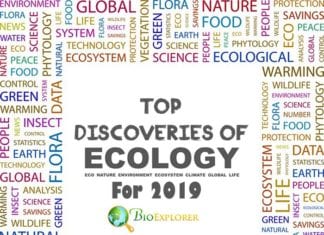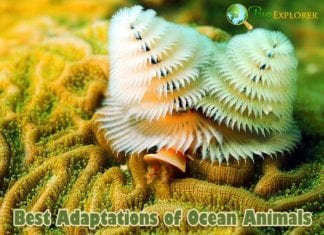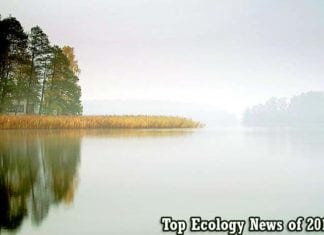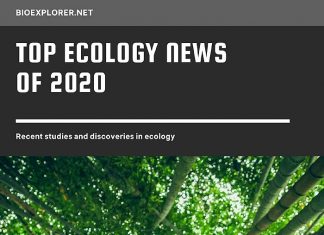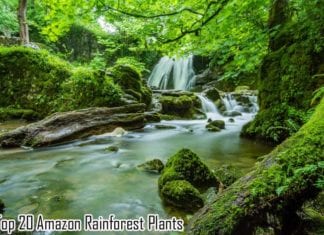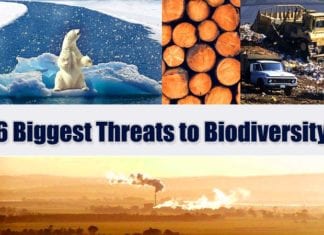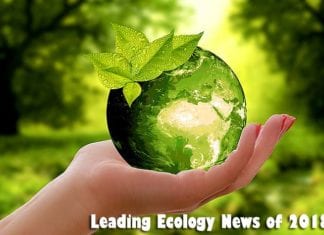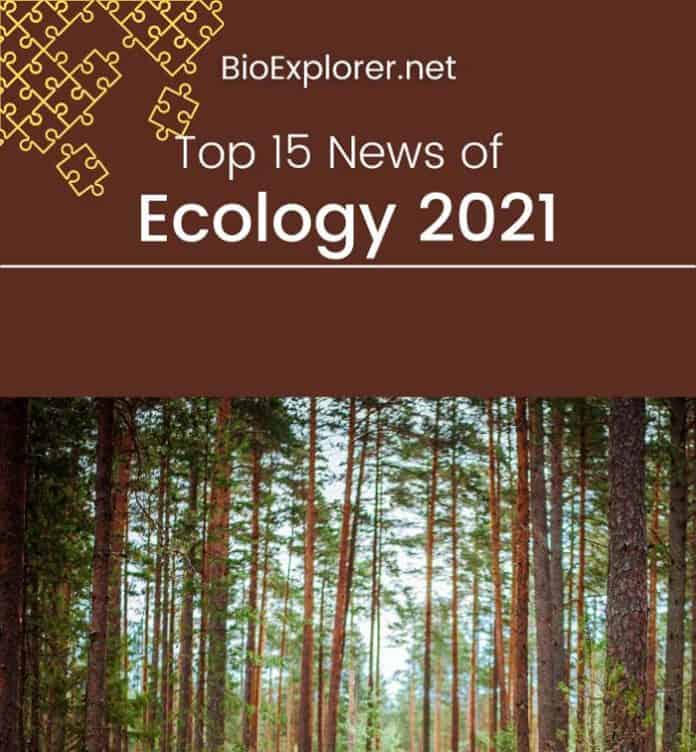
These topics highlight the discoveries and innovations in ecology in the year 2021. It emphasizes nature-based climate solutions (NCS) in 2021, which are conservation and management measures that lower ecosystems’ greenhouse gas (GHG) emissions while maximizing their capacity to store carbon, solutions towards climate change, identification of atmospheric acidity, adverse effects on habitat fragmentation, vital roles played by scavengers, various ecological tools for detection of forest vegetation Lidar technology and.
Table of Contents
- Top 15 Ecology News in 2021
- 1. Researchers found oceanic ecology is impacted by atmospheric acidity (UK, July 2021)
- 2. Mangrove trees that are not native to the area have created new habitats that may help with the management of some invasive species in the future (USA, Oct 2021)
- Top 26 Best Hawaiian Flowers
- 3. Marine life can shield other organisms under extreme climate changes leading to global warming (USA, Dec 2021)
- Explore 15 Remarkable Adaptations of Ocean Inhabitants
- 4. Massive plankton grows with distinctly different impacts on the ecosystem (USA, June 2021)
- 5. Ecosystems are anchored by common plants and pollinators (USA, April 2021)
- Order Laurales / Aromatic Oil Flowers
- 6. Scavenging by hyenas benefits African cities’ economies and public health (USA, Sept 2021)
- 7. Scientists demonstrate the urgent need to decrease wintertime use of road salt and offer best practices (USA, Dec 2021)
- 8. Coffee growers may benefit from a fungus that consumes fungus (Sweden, Feb 2021)
- 9. Bee movement and flower pollination are seriously threatened by road (USA, May 2021)
- 10. In response to global warming, various ecosystems “breathe” differently (UK, March 2021)
- Overview Of Cellular Respiration Equation, Types, Stages & Products
- 11.Scientists revealed that the extinction of the woolly mammoth was accelerated by anthropogenic activities (Australia, November 2021)
- 12. New research shows forest restoration benefits California spotted owls in the long run (USA, Dec 2021)
- 13. Research shows through inbreeding, threatened rattlesnakes become more resilient to harmful mutations (USA, Oct 2021)
- 14. Ecologists evaluate the precision of Lidar technologies for tracking forest vegetation (USA, July 2021)
- 15. Research shows overfishing and other human pressures harm the marine environment vastly (Israel, Aug 2021)
Top 15 Ecology News in 2021
Let’s glimpse research 2021 findings in ecology with broader perspectives.
1. Researchers found oceanic ecology is impacted by atmospheric acidity (UK, July 2021)
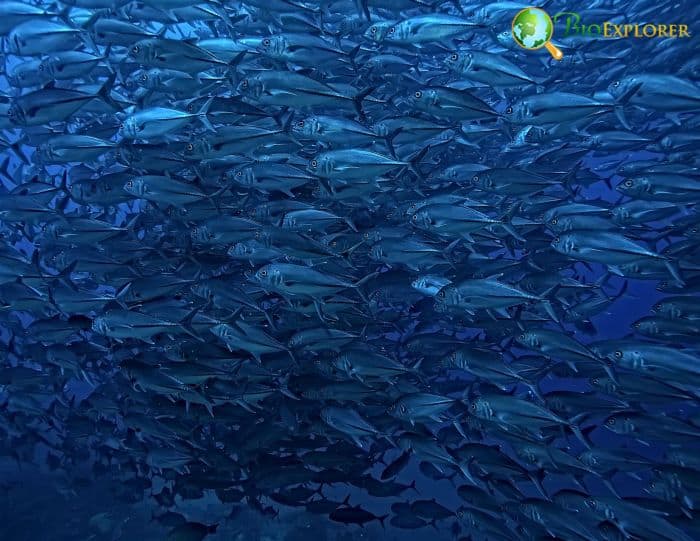
Research reveals that the ecological balance of the oceans is being disturbed by the atmosphere’s increased acidity. The study examines how nutrient delivery to the ocean is impacted by acidity and shows that this impacts the ocean’s productivity and capacity to take in CO2 from the atmosphere.
- According to research, the amounts of soluble phosphorus and iron have risen by 14% and 16% since the Industrial Revolution due to increased acidity. These augmentations will have directly fertilized the marine phytoplankton.
- In addition, pollutant emissions have at least doubled the amount of nitrogen that has been atmospherically added to the oceans during the same period. Families of phytoplankton are sensitive to the amounts of nutrients available to them.
- As atmospheric input changes the nutrient balance of surface waters, changes in the nutrient deposition we have identified are likely to have caused ecological changes.
- Depending on how the organisms adapt to the relative levels of nutrients in the water, these modifications may favor some phytoplankton over others. Anthropogenic emissions will influence future atmospheric acidification.
Therefore, the study reveals predictions of the effects of long-term changes in atmospheric acidity on marine ecosystems must be considered alongside other stresses on the system, such as ocean acidification, warming, and deoxygenation.
Suggested Reading:
Top 10 Discoveries in Ecology 2019
![]()
2. Mangrove trees that are not native to the area have created new habitats that may help with the management of some invasive species in the future (USA, Oct 2021)
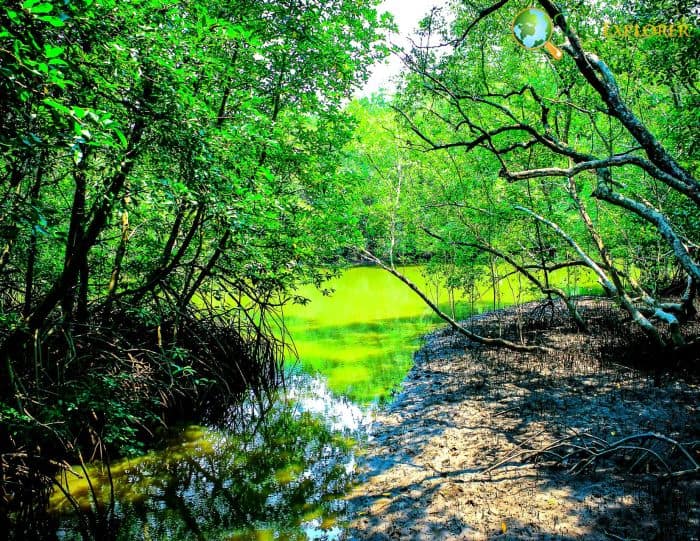
Non-native mangroves might help zooplankton habitat availability in new areas due to declining fisheries, threatened reef habitats, and shifting climatic conditions.
- The results of a survey of zooplankton communities in the open coastline and non-native mangrove habitats on the Hawaiian island of Moloka’i.
- According to the study, mangrove stands’ zooplankton community diversity was on par with the open coast. In addition, the authors note that while some species were less common in mangrove habitats, other rare species were only found there.
- Researchers studied that non-native mangroves may help zooplankton, many of which are notable species in their ecosystems, rather than hinder it. Early in the 20th century, mangroves were introduced to Moloka’i to prevent soil erosion.
- Mangroves are native to subtropical and tropical latitudes. The trees have spread to other Hawaiian Islands over the past 100 years and established novel ecosystems along some of the island’s coast.
The new finding suggests the establishment of novel mangrove ecosystems on Moloka’i is not a cause of concern for local zooplankton communities. Instead, it may provide suitable habitats for several rare species and a management strategy for non-native species.
Suggested Reading:
Top 26 Best Hawaiian Flowers
![]()
3. Marine life can shield other organisms under extreme climate changes leading to global warming (USA, Dec 2021)

A recent study revealed that some marine species can shield others from the heat, helping them to resist climate change.
- The team looked at how small crabs and isopods, like marine pill bugs, live on rocky shores and respond to warming in their natural environments.
- They discovered that these animals‘ homes in mussel beds shield them from temperature changes and prevent them from drying out and passing away on hot, sunny days.
- These mussel beds act as an “ecological air conditioning system“. The findings demonstrate how protecting plant, and animal habitats can give heat-sensitive species more time to adapt to the short-term effects of climate change.
- However, it also implies that the loss of habitat may increase the vulnerability of other species to global warming.
This study demonstrates how crucial it is to safeguard delicate habitats, such as mussel beds, which are imperiled by destructive recreational mussel harvesting in many U.S. coastal regions.
Suggested Reading:
Explore 15 Remarkable Adaptations of Ocean Inhabitants
![]()
4. Massive plankton grows with distinctly different impacts on the ecosystem (USA, June 2021)
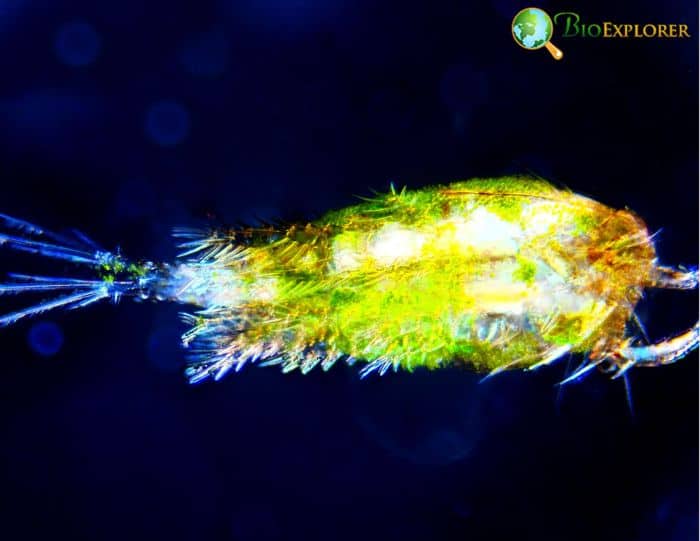
According to the author of a recent study, the big mystery about plankton is what controls its distribution and abundance and what conditions lead to big plankton blooms. Researchers investigate this issue and give examples of circumstances that can result in massive plankton blooms with a wide range of potential ecological effects.
- One of the most productive marine ecosystems in the world, the Mid-Atlantic Bight (MAB), was the subject of research into the dynamics governing primary productivity.
- In the euphotic zone of the bight, the ocean layer that receives enough light for photosynthesis, they unexpectedly found diatom hotspots in 2019. The aquatic food web is built on photosynthetic microorganisms called phytoplankton.
- They propose that the hotspots were fueled by nutrients upwelled into the sunlight zone from deeper Gulf Stream water rather than by Gulf Stream surface water, which is typically low in nutrients and chlorophyll.
- Climate change, in this case, has increased regional productivity. Other parts of the ocean may not necessarily exhibit the same dynamic, and they will likely become less productive.
- Regional variations in how the ocean adapts to climate change will exist. Additionally, society must be capable of wisely managing from a regional and global perspective.
The studies identifying potentially harmful algae blooms and their effects on coastal systems can be done by understanding the physical-biological interactions in the coastal system. In addition, they have relevance in terms of economic impacts on aquaculture.
Suggested Reading:
16 Immortal Animals Who Defy Death
![]()
5. Ecosystems are anchored by common plants and pollinators (USA, April 2021)
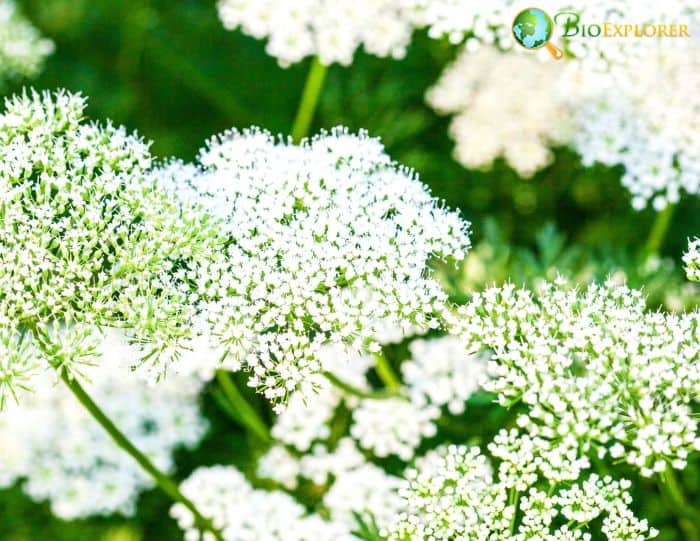
According to new research, plants and pollinators are essential for preserving biodiversity. They may also act as barriers to some of the effects of climate change. The results give prioritize the conservation of species that strengthen ecological communities.
- Mountain parsley (Pseudocymopterus Montanus), which has clusters of tiny yellow flowers, and common yarrow (Achillea millefolium), which resembles it but typically has white flowers, are examples of generalist plants that residents of Colorado may be familiar with.
- While this research reveals that these plants play a crucial role in the ecological stability of the meadows where Columbine, fireweed, and Indian paintbrush grow, they may not be the well-known, vividly colored specimens that wildflower enthusiasts search for in the summer.
- The importance of generalists comes into play as they interact with other species and bridge the gap, playing a pivotal role in ecosystem conservation.
Furthermore, these results demonstrate that what is universal may be essential for assisting ecosystems in surviving current and upcoming environmental change. There are many ways to protect these critical but widespread species, from establishing conservation priorities safeguarding generalists to letting your neighborhood flies and flowers bloom peacefully.
Suggested Reading:
Order Laurales / Aromatic Oil Flowers
![]()
6. Scavenging by hyenas benefits African cities’ economies and public health (USA, Sept 2021)

According to a recent study, spotted hyena scavenging benefits African cities’ economies and public health significantly.
- The Tigray region of northern Ethiopia is centered in Mekelle. The remains of livestock animals killed for food or that die naturally are frequently dumped at the nearby landfill or along the sides of the road, where hyenas eat the waste.
- The researchers hypothesized that by removing this waste from the environment, hyenas might also be able to stop pathogens from contaminating people and livestock.
- They discovered that hyena scavenging annually prevents 140 infections in cattle, sheep, and goats and five anthrax and bovine tuberculosis infections in Mekelle residents.
- The city could save $52,000 yearly from disease control services thanks to reduced treatment costs and livestock losses.
This contributes significantly to the growing body of research emphasizing the advantages of predators and scavengers rather than concentrating solely on their harmful aspects on the population.
Suggested Reading:
Top 10 Ecology News in 2017
![]()
7. Scientists demonstrate the urgent need to decrease wintertime use of road salt and offer best practices (USA, Dec 2021)

Every year, road crews in the US dump about 25 million metric tonnes of sodium chloride, similar to table salt, on frozen roads to thaw them outside and make them usable for vehicles.
- In the past 45 years, deicing salts have increased threefold, and salt levels in streams, rivers, lakes, and other freshwater sources have dramatically increased.
- According to new research, the inadequate use of road salts to remove snow and ice endangers the environment and human health. It then suggests good practices after summarising how road salts harm the environment, contaminate drinking water supplies, and release hazardous chemicals like radon, mercury, and lead.
- To keep people safe and traffic moving, it was worked to carefully balance human safety with minimizing the detrimental environmental and health impacts caused by dumping salt on streets and highways.
- As a result, road deicers reduce car accidents by more than 78%. The study highlights recent studies demonstrating urban streams with salt concentrations 20 to 30 times or more above the Environmental protection agency (EPA) chronic chloride threshold of 230 milligrams per liter.
This study reveals that deicing salts can be either sub-lethal or lethal at current thresholds, and recent research indicates that adverse effects can happen at concentrations much lower than these thresholds. Specific research suggests solutions with proper storage facilities, anti-icing, live edge snowplows, and post-storm performance.
Suggested Reading:
Top 10 Ecology News of 2020
![]()
8. Coffee growers may benefit from a fungus that consumes fungus (Sweden, Feb 2021)
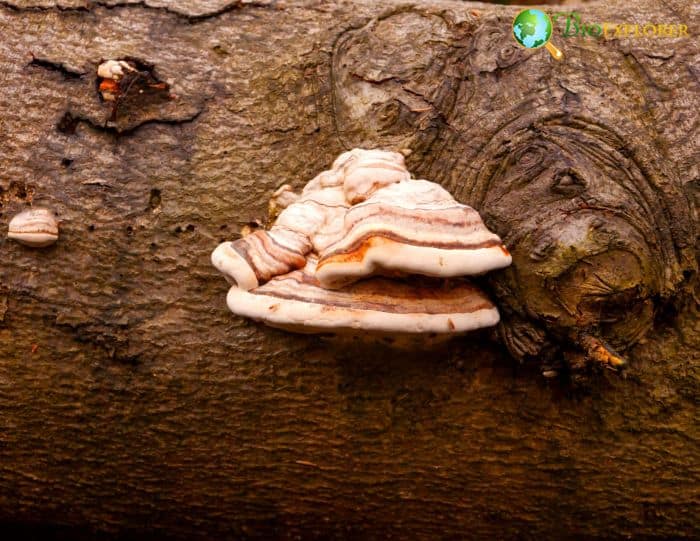
The parasitic fungus known as coffee rust causes significant global issues for coffee growers. However, a study in Ethiopia, the birthplace of coffee, reveals that another fungus can control rust outbreaks in this environment.
- A fungal disease known as coffee leaf rust affects coffee growers worldwide, especially in Arabica coffee, which produces three-quarters of all coffee and has the quality.
- A parasitic fungus that attacks the leaves of the coffee shrub is the source of coffee leaf rust. In addition, it has been known in some regions to have a hyperparasitic fungus that grows on top of the rust as a potential natural enemy.
- But very little is understood about its biology and how much it might be able to stop the rust.
- From the wet to the dry season, coffee leaf rust typically becomes more prevalent. Nevertheless, this increase appears less pronounced in areas where the hyperparasite is widespread.
This study provides insight into investigating the connections between rust and hyperparasite. This could make it possible for coffee farmers to use the hyperparasite as a biological control for coffee leaf rust in plantations that are more rigorously managed and where rust epidemics are a significant problem.
Suggested Reading:
Top 18 Amazon Rainforest Plants
![]()
9. Bee movement and flower pollination are seriously threatened by road (USA, May 2021)
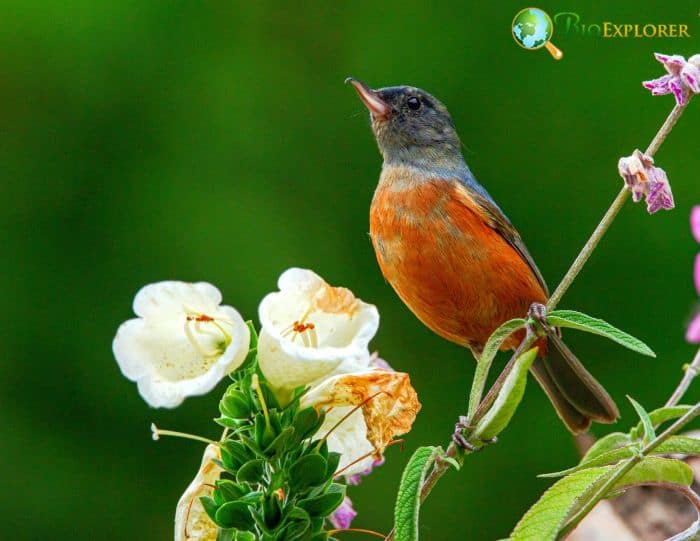
Scientists have examined the effects of roads on various animals, including Florida panthers, grizzly bears, box turtles, mice, rattlesnakes, and salamanders.
- The effects of roads on bees and other pollinating insects and how much these structures interfere with insect pollination which is crucial for plant reproduction.
- Researchers from the University of Michigan describe how they used fluorescent pigment as an analog for pollen in a paper published online on May 10 in the Journal of Applied Ecology.
- At 47 locations in Ann Arbor, Michigan, they used the luminescent pigment to study how roads affected pollen movement between plants.
- They discovered that plants on the opposite side of a road from plants with added pigment received noticeably less pigment than plants on that side. The study offers some comparatively easy solutions for minimizing this road-barrier effect.
So, scientists advise evaluating and putting into practice strategies to lessen road barriers to pollinators. For example, wildlife overpasses, bridges, culverts, and pipes have all been used in North America and Europe to help animals move through landscapes that roads have cut up.
Suggested Reading:
Top 15 Wildlife Biology Degree Programs In The USA
![]()
10. In response to global warming, various ecosystems “breathe” differently (UK, March 2021)

Vast amounts of carbon are stored on the land. Still, a recent study asserts that the distance between land and the equator determines how much carbon is released into the atmosphere as temperatures rise.
- The number and type of plants, animals, and microbes present in one field compared to the next, let alone across global ecosystems, varies significantly in an ecosystem due to its extreme complexity.
- Because different species exhibit varying degrees of temperature sensitivity, we would anticipate changes in how ecosystem respiration responds to temperature, given those shifting patterns in biodiversity.
- 210 globally dispersed sites were included in our very detailed study, which only captures three distinct differences in the ecosystem respiration pattern. In temperate and tropical ecosystems, the temperature has a minimal impact on ecosystem respiration.
- However, temperature significantly impacts boreal and tundra ecosystems. On the one hand, that’s concerning because rising temperatures could cause enormous carbon stores in cold climates to be released.
- Conversely, warmer climates could become an even more significant carbon sink if the CO2 level persists in tropical regions, promoting primary production. Rising temperatures will prevent ecosystem respiration.
This study strongly suggests that we must comprehend these thresholds’ underlying causes and the critical part that biodiversity loss may play in them. That would enhance predictions of climate change and encourage conservation efforts even more.
Suggested Reading:
Overview Of Cellular Respiration Equation, Types, Stages & Products
![]()
11.Scientists revealed that the extinction of the woolly mammoth was accelerated by anthropogenic activities (Australia, November 2021)
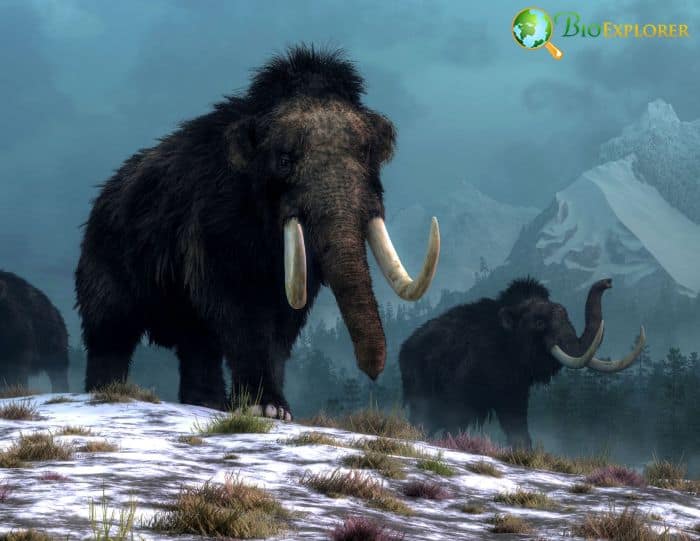
New research indicates that humans played a significant role in Eurasia’s extinction of woolly mammoths. According to an international team of scientists, the Woolly Mammoth has a 20,000-year path to extinction.
- The exact mechanisms and threats that played a crucial role in the woolly mammoth’s initial decline and eventual extinction using computer models, fossils, and ancient DNA.
- Fossils and ancient DNA have revealed signs of past changes in the distribution and demography of woolly mammoths, which indicate that humans may have sped up the extinction of these animals by up to 4000 years in some areas.
- In addition, woolly mammoths were used by humans as sources of meat, skins, bones, and ivory.
- However, it has been challenging to separate the precise effects of climate change and human hunting on the extinction of this species until recently.
The case for human impacts as a cause of mammoth population declines and range begins to collapse in Eurasia during the late Pleistocene is strengthened and better resolved by analyses. The researchers emphasize that the woolly mammoth’s path to extinction began millennia before the final extinction event.
Suggested Reading:
Are Elephants Endangered?
![]()
12. New research shows forest restoration benefits California spotted owls in the long run (USA, Dec 2021)

Research revealed forest restoration practices could lessen the severity of future fires and benefit populations of California spotted owls and other species.
- The researchers created a fire simulation model that made severe fire predictions for the Sierra Nevada through the middle of the century.
- After that, the predicted amount of severe fire changed due to simulated fuel reduction and forest restoration treatments. California spotted owl population model for the entire Sierra Nevada was then connected to the fire model because it also responded to the potential direct effects of treatments on owl habitat.
- According to the research, applying treatments inside owl territories reduced the anticipated severe fire by almost half compared to applying treatments to the same overall area outside such territories.
- As a result, treating inside owl territories may have a disproportionately large impact on lowering the likelihood of future severe fires while benefiting the California spotted owl population.
The research team is now focusing on other forest wildlife and spotted owls to determine how they might react to future fire and forest management.
Suggested Reading:
What Do Owls Eat?
![]()
13. Research shows through inbreeding, threatened rattlesnakes become more resilient to harmful mutations (USA, Oct 2021)
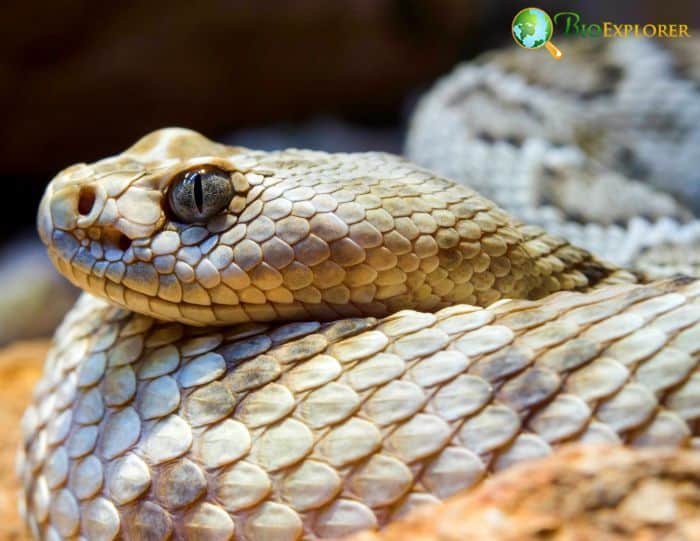
A threatened rattlesnake species’ recent genetic past has been analyzed for the first time. The results indicate that inbreeding caused by a small habitat may not be as harmful as theory would have it be.
- 90 Eastern Massasauga rattlesnakes, which the Endangered Species Act listed as threatened in 2016 due to habitat loss and fragmentation, had their genomes sequenced by researchers.
- As a point of reference, the researchers also sequenced 10 genomes of a closely related species, the Western massasauga rattlesnake, a widespread species with abundant breeding opportunities.
- The Eastern species had fewer instances of the most dangerous gene mutations than the Western species.
- This finding implies that there might be an evolutionary benefit associated with the breeding restrictions of small, isolated populations.
The findings show that o combat the effects of inbreeding, it is common conservation practice to introduce snakes from a population with a greater genetic diversity into a geographically isolated population. However, the Eastern Massasauga might gain more from habitat preservation than genetics.
Suggested Reading:
Top 26 BEST Animals With Best Eyesight
![]()
14. Ecologists evaluate the precision of Lidar technologies for tracking forest vegetation (USA, July 2021)
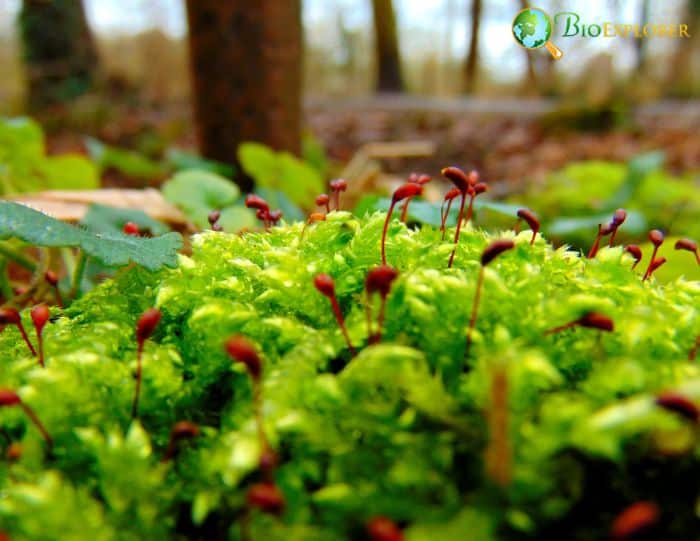
Forest ecology and ecological restoration researchers have utilized these tools in various applications as light detection and ranging (lidar) technology advances.
- To determine how these tools might be used to provide detailed information on forest structure and composition, the study compared vegetation attributes at various scales derived from piloted airborne (ALS), fixed-location terrestrial (TLS), and mobile lidar scanning (MLS).
- According to our research, MLS has enormous potential for monitoring forest characteristics, said Sánchez Meador. These scanners are less expensive than other platforms, equally effective indoors and outdoors, simple to deploy, and view the forest from below the trees, just like humans do.
- This makes disseminating research results easier. In addition, this lidar technology helps rapidly evaluate the quantity and distribution of coarse woody debris, a crucial element of forest ecosystems, and the structural conditions of mixed-conifer forests.
This project demonstrates how Research Equipment Acquisition Program (REAP) program’s investment in technology and apparatus can be used to advance collaborations with businesses and more expansive, multifaceted research objectives.
Suggested Reading:
Top 6 Major Threats To Biodiversity
![]()
15. Research shows overfishing and other human pressures harm the marine environment vastly (Israel, Aug 2021)

According to a recent study, there is a significant “edge effect” in marine protected areas (MPAs), which dramatically reduces the fish population that lives within the MPA by up to 60%.
- The MPA’s effectiveness is thereby significantly reduced. Fishing pressure near MPAs is primarily to blame for the damage.
- Marine Protected Areas (MPA) was created to safeguard marine ecosystems and aid in preserving and restoring fish populations and marine invertebrate species, both of which suffer from overfishing-related population declines.
- In tens of thousands of studies conducted worldwide, MPAs are effective. However, there is still a knowledge gap about what occurs between the MPAs’ cores and the areas around them open to fishing because the majority of studies only take samples from the “inside” and “outside” of the MPAs.
- When an MPA is operating correctly, it is anticipated that fish and marine invertebrates will migrate outside the MPA’s boundaries due to the recovery of the marine populations within the MPAs.
- In this way, the MPA can support the preservation of marine life and the recovery of fish populations that have declined due to overfishing in areas outside the MPA.
These results are encouraging because they show that we can improve enforcement, manage fishing around MPAs, and increase the effectiveness of the current MPAs, which will most likely increase the benefits they can provide through fish spillover. In addition, the research offers valuable recommendations for enhancing MPA planning and management to protect our oceans better.
Suggested Reading:
15 Leading Ecology News of 2018
![]()
This series of ecology news gives us a detailed overview of the recent development in this field. Commencing with climate change, global warming, alternative ways for renewable energy resources, the role played by scavengers in our society, and other global aspects of management and nature-dependent climate solutions. With these developments as the foundation, we expect more exciting findings in 2022.
![]()


